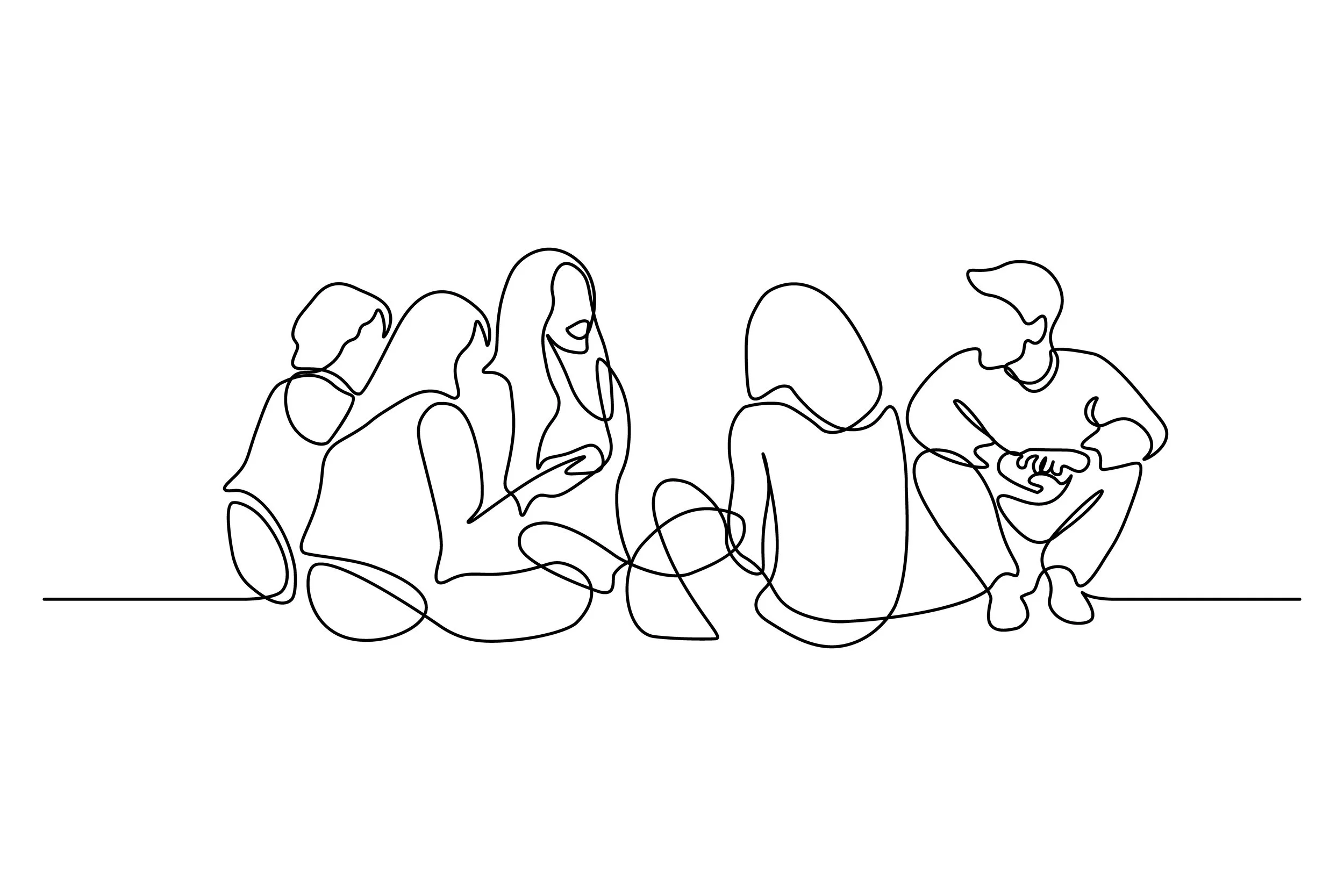Let’s start with the definition of what an inclusive culture is. An inclusive culture is one that embraces and celebrates their employees’ differences in experiences, backgrounds, and ways of thinking. The benefits of an inclusive culture are increased creativity and innovation, higher job satisfaction, productivity, and engagement.
“Employees who feel their voice is heard are 4.6 times more likely to feel empowered to perform their best work.”
— Forbes
So, what does an inclusive culture look like in practice? At Corporate Crayon we believe the following areas are the key factors to building an inclusive culture:
FACTOR 1 – DIVERSITY OF THOUGHT & CREATIVE THINKING
Diversity of thought is understanding that the way each person interprets and interacts with the world is reflective of their unique identity, culture and personal experiences.
So how does diversity of thought lead to creative thinking?
Deep level diversity (diversity in values, purpose, personality and abilities) has been proven to lead to the increased ability of a group to generate ideas more so than demographic variables. Bringing the ideas to life however, requires collaboration and a group’s ability to share knowledge.
An organisation that has true diversity of thought is one that creates opportunities for their employees with different experiences, backgrounds, and ways of thinking (impacted by their personality, values and abilities), to contribute to projects together. Organisations that can make this happen see more creative thinking, innovation, and higher performance in general.
So, the next time you are putting a team together to complete a project, we suggest purposefully selecting a diverse set of team members who are open to share knowledge and collaborate.
FACTOR 2 – OPENNESS & AUTHENTICITY
The definition of openness is two fold:
-
An unreserved, candid and frank manner
-
The quality of being receptive to new ideas, opinions, or arguments
At the beginning of 2022, Corporate Crayon conducted a research survey on Employee Energy and Workplace Motivation.
“96% of respondents said it was important for leaders to communicate openly and have the courage to admit when they are not capable.”
Organisations that are open and transparent with their employees are more likely to experience employees that feel comfortable to do the same in return.
Leaders play a significant role in developing an open culture.
An authentic leader is seen as real, genuine and true to their own values and character.
If this describes the leaders in your organisation, then you are in a great position to create an organisation that is inclusive of their employees’ diverse values, thoughts and encourages authenticity in return.
FACTOR 3 – EMPLOYEE FEEDBACK
From our work with employees across the world, employees that feel their ideas are heard are more likely to contribute on an ongoing basis.
Spending the time discovering what’s important to your teams, really getting to know them and putting yourself in their shoes, through Employee Feedback, is at the core of building an inclusive culture.
At Corporate Crayon, we partner with our clients in developing inclusive cultures. By focusing on Discovery, through employee participation, we understand what is a must do for the execution of any strategy or program.
Our work sees organisations increase connection, collaboration and creativity.
Get in touch today to explore Workplace Wellbeing, Coaching & Mentoring or Diversity & Inclusion strategies.




